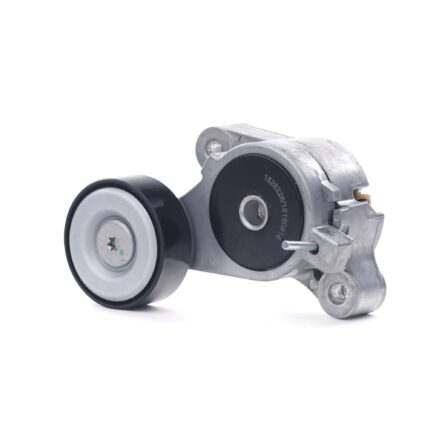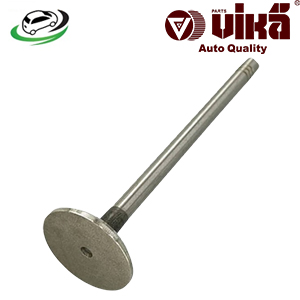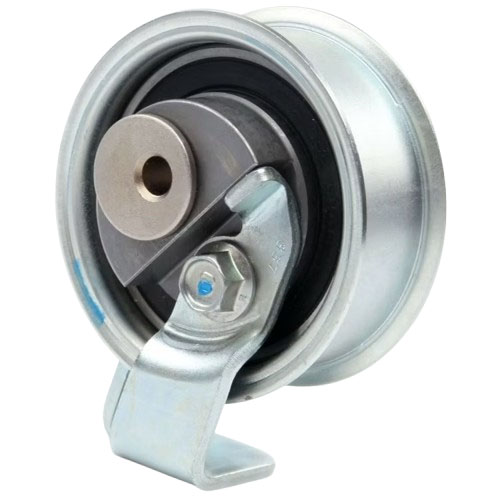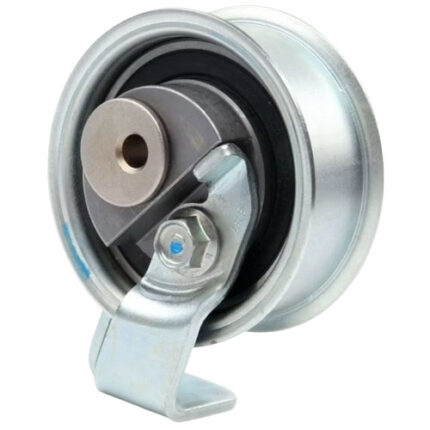-11%
Get AUDI B5 A4 FWD Timing Belt Tensioning Roller 06B109243E in Kenya
The Timing Belt Tensioning Roller is a critical component in a vehicle’s engine, playing a vital role in maintaining the precise operation of the timing belt. The timing belt is responsible for synchronizing the rotation of the crankshaft and camshaft, ensuring that the engine’s valves open and close at the correct intervals for efficient combustion. If the timing belt is not properly tensioned, it can lead to catastrophic engine failure. The Timing Belt Tensioning Roller, also known as the timing belt tensioner or idler pulley, ensures that the timing belt remains taut and operates smoothly, preventing slippage, misalignment, or premature wear.
Function and Importance of the Timing Belt Tensioning Roller
The primary function of the Timing Belt Tensioning Roller is to apply the correct amount of tension to the timing belt, ensuring it stays in place and operates smoothly. The timing belt connects the crankshaft to the camshaft, controlling the opening and closing of the engine’s valves. This synchronization is crucial for the proper operation of the engine. If the timing belt slips, even slightly, it can cause the engine’s valves to open or close at the wrong time, leading to poor engine performance, increased emissions, and potentially severe engine damage.
The tensioning roller maintains the belt’s tension by compensating for any slack that may develop over time due to belt stretch, temperature changes, or wear. It ensures that the belt is neither too tight nor too loose. If the belt is too tight, it can cause excessive wear on the belt and the components it drives. If it’s too loose, it may slip off the pulleys or fail to keep the crankshaft and camshaft properly synchronized, leading to timing issues.
Benefits of a Well-Maintained Timing Belt Tensioning Roller
Maintaining the Timing Belt Tensioning Roller in good condition offers several benefits for your vehicle:
- Consistent Engine Performance: A properly functioning tensioner ensures that the timing belt remains correctly tensioned, allowing the engine’s valves to open and close at the correct intervals. This leads to consistent engine performance and efficient combustion.
- Extended Belt Life: By maintaining the correct tension on the belt, the tensioner helps to reduce wear and tear, extending the life of the belt and reducing the need for frequent replacements.
- Reduced Risk of Engine Damage: Regular maintenance of the tensioner reduces the risk of timing belt failure, which could cause severe engine damage, including bent valves or piston damage.
- Improved Fuel Efficiency: Properly tensioned belts reduce the strain on the engine, leading to improved fuel efficiency and overall vehicle performance.
- Quiet Operation: A well-maintained tensioner assembly reduces noise and vibrations in the timing system, contributing to a smoother and quieter ride.
Signs of a Failing Timing Belt Tensioning Roller
It is important to recognize the signs of a failing Timing Belt Tensioning Roller to prevent severe engine damage. Some common symptoms include:
- Engine Misfires: If the timing belt slips due to insufficient tension, the engine’s valves may not open and close at the correct times, leading to misfires, rough idling, or poor acceleration.
- Unusual Noises: As mentioned earlier, noises such as squealing, chirping, or rattling may indicate a problem with the tensioner. These noises often occur when the engine is first started or when accelerating.
- Visible Belt Wear: If the timing belt shows signs of excessive wear, such as cracks, fraying, or glazing, it may be due to a failing tensioner that is not maintaining proper tension.
- Check Engine Light: A loose or slipping timing belt can trigger the check engine light, as the engine control unit detects timing issues.
- Difficulty Starting the Engine: If the timing belt is too loose, the engine may have difficulty starting, as the crankshaft and camshaft are not properly synchronized.
Common Issues with the Timing Belt Tensioning Roller
Like any mechanical component, the Timing Belt Tensioning Roller can experience wear and tear over time. Some common issues that may arise include:
- Worn Bearings: The bearing in the pulley can wear out due to constant rotation and exposure to engine heat and contaminants. A worn bearing may cause the pulley to wobble or make noise, leading to improper belt alignment and tension.
- Spring Failure: The spring mechanism can weaken or break over time, reducing the tension on the timing belt. This can lead to belt slippage, engine misfires, or even a complete timing belt failure, resulting in severe engine damage.
- Pulley Wear: The pulley itself can wear down due to friction with the timing belt. This wear can create grooves or rough spots on the pulley surface, leading to increased belt wear and the risk of belt failure.
- Hydraulic Adjuster Leaks: In tensioners with a hydraulic adjuster, leaks can occur, causing a loss of hydraulic pressure. This can reduce the tension on the belt, leading to timing issues and potential engine damage.
- Noise: Unusual noises, such as squealing, chirping, or rattling, may indicate a problem with the tensioning roller. These noises often result from a worn bearing, a weak spring, or a misaligned pulley.
- Cracked or Damaged Bracket: The mounting bracket can crack or become damaged due to stress or impact. A damaged bracket may prevent the tensioner from maintaining proper belt tension, leading to timing issues.
Follow us on Facebook for more parts.




